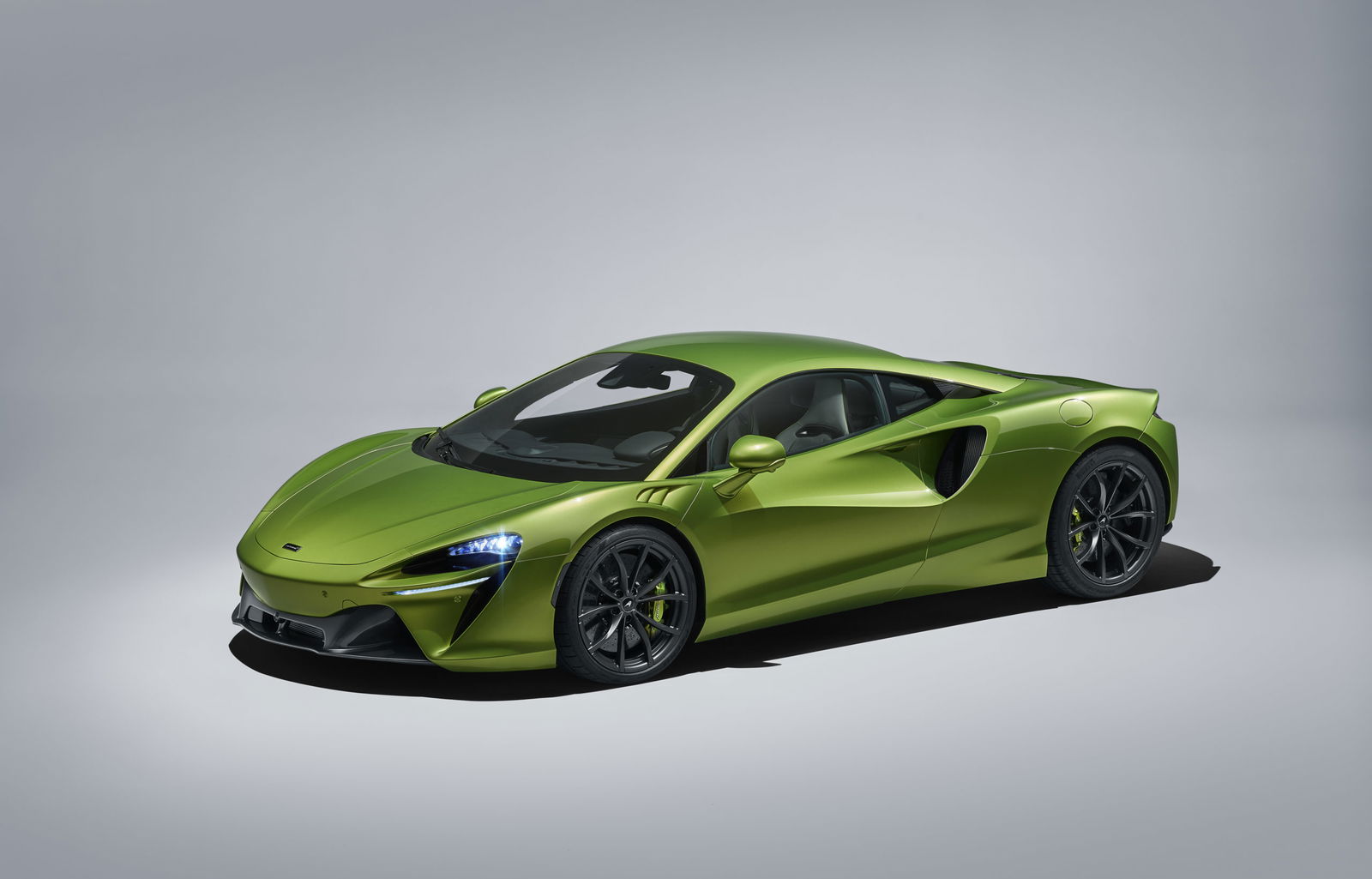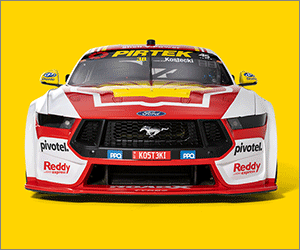
Just a day after taking the wraps off its new F1 challenger, McLaren has revealed the future of its sports car brand.
It’s called the Artura and it’s the brand’s new supercar – replacing the 570S and slotting between the GT and 720S – but it’s so much more than that. The Artura is built on a new platform, powered by a new V6 engine and features a new hybrid system that will spread across the next generation of supercars from the British outfit.
COMING SOON: McLaren’s all-new hybrid supercar
That’s only part of the story, with the Artura also featuring a new transmission, new differential and a new electrical control system as the brand looks to take its next step as a rival to Ferrari, Lamborghini and Porsche.
“Every drop of McLaren’s experience and expertise has been poured into the Artura,” said Mike Flewitt, McLaren Automotive CEO. “Our all-new, High-Performance Hybrid delivers all of the performance, driver engagement and dynamic excellence for which McLaren is renowned, with the additional benefit of EV driving capability. The introduction of the Artura is a landmark moment – for McLaren, for our customers who will appreciate and enjoy this car on every emotional and rational level, and for the supercar world.”

McLaren has built hybrid supercars before – most famously the incredibly rapid P1 – but the Artura is the first one that will be put into series-production. The powertrain is entirely new, with McLaren’s previous ubiquitous twin-turbo V8 replaced by an all-new 3.0-litre twin-turbo V6 petrol engine that makes 430kW of power and 585Nm of torque. That performance is boosted by a 70kW/225Nm electric motor (E-motor in McLaren-speak) that takes the total system output for the Artura to 500kW/720Nm. It sends all the power to the rear-wheels via a new eight-speed dual-clutch automatic transmission and new electronic differential.
McLaren claims that’s enough to launch the Artura 0-100km/h in just 3.0 seconds, 0-200km/h in 8.3 seconds and can hit 300km/h in 21.5 seconds.
That’s not the only party trick the Artura has though. The E-motor is paired with a 7.5kWh battery pack that allows up to 30km of driving on electric-power alone – which also means the Artura should have a claimed fuel economy rating of less than 6.0-litres per 100km, despite its immense performance potential.
The powertrain is only half the story, with it housed inside a new platform that features a range of updates designed to future-proof the next generation of models. Known as the McLaren Carbon Lightweight Architecture (MCLA) the new chassis features an F1-style carbon fibre monocoque around which the rest of the car is based. Designing the MCLA to replace the existing MonoCell has allowed McLaren to create a space for the battery pack as well as improving rigidity.
There’s also a new rear suspension design, with a combination of upper wishbones and lower control arms, as well as an updated version of its Proactive Damping Control system.
Carbon ceramic brakes are standard with 390mm front rotors clamped by six-piston calipers.

Geoff Grose, chief engineer for the Artura, said the team behind the car had a goal to push new limits for the brand that had, until now, used the same fundamental chassis and powertrain for all of its models from the 12C to the 720S.
“From the very beginning of the project, designing and engineering the Artura has been all about challenging ourselves to innovate, pushing and pushing to achieve everything we knew a next-generation, High-Performance Hybrid McLaren supercar had to be,” Grose said. “As a result, the Artura is all-new; the carbon fibre monocoque, electrical architecture and the body and interior are new. So too is the V6 engine, the transmission – which also integrates a new type of electric motor for the industry – as well as the rear suspension concept and our first-ever electronic differential.”

The design of the car has a “form follows function” philosophy with the aluminium and carbon fibre bodywork “shrink-wrapped” over the mechanicals. It features a clear family resemblance though to the rest of the McLaren range, with a distinct ‘Baby 720S’ look to it.
Inside the cabin is designed around the driver, but again with a familiar design look to the rest of the range, with a moveable instrument cluster attached to the steering column to allow for a clear view of the dials regardless of seating position. There’s also new seats available and a new infotainment system.
Local pricing or timing hasn’t been revealed yet, but we’ll keep you updated.













Discussion about this post